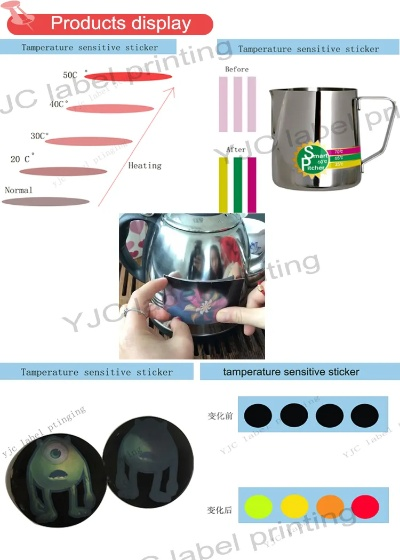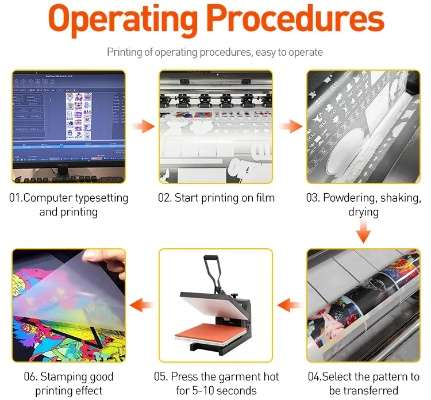Understanding and Using Textile Colorimeter Instruments for Quality Control
Textile colorimeter instruments are essential tools for textile quality control. These devices measure the color properties of textiles, including hue, lightness, and chroma, to ensure uniformity and consistency in color across different batches or products. The use of these instruments allows manufacturers to monitor the progress of their production process and identify any deviations from desired color standards, which can then be corrected to maintain product quality. Textile colorimeter instruments are also used in research and development to optimize dyeing and printing processes, as well as in education to teach students about color theory and measurement techniques. Overall, the accurate measurement of textile colors is crucial for ensuring that textile products meet consumer expectations and comply with industry standards.
Introduction: In the textile industry, color is a critical factor that affects product appeal and consumer perception. To ensure consistent quality and meet market requirements, it's essential to measure and control the color intensity and hue of textile materials accurately. This is where textile colorimeters come into play. In this guide, we will explore how these instruments work, their applications, and some practical examples to illustrate their use.
Textile Colorimeters: A textile colorimeter is a specialized instrument designed to measure the color properties of textile samples. It uses a light source (usually a tungsten-halogen lamp) to illuminate the sample and a sensor (usually a photodiode array or tristimulus colorimeter) to capture the reflected light. The device then calculates the color parameters such as chroma, hue, and value using algorithms based on the measurements.
Colorimeter Types: There are several types of colorimeters used in the textile industry, each with its own advantages and limitations. Here are a few common types:
-
Tristimulus Colorimeter:

- Measures the color by illuminating the sample with three different wavelengths of light (red, green, blue) and measuring the resulting reflectance at each wavelength.
- Suitable for measuring color differences and predicting color shifts.
-
Photodiode Array Colorimeter:
- Uses a large array of photodiodes to capture the reflected light from the sample.
- Can provide more detailed color information but may be slower and less precise than tristimulus colorimeters.
-
Spectrophotometer:
- Analyzes the spectral characteristics of light reflected from the sample.
- Provides information about the absorption and scattering of light across the spectrum.
Applications: Textile colorimeters are used in various stages of production and quality control, including:
-
Pre-production:
- To ensure that raw materials meet the desired color specifications before they are blended into finished fabrics.
- To monitor the consistency of dye baths and fixatives used during the dyeing process.
-
In-production:
- To check the color uniformity of fabrics during the weaving or knitting process.
- To analyze the color performance of printed patterns or labels applied to garments.
-
Post-production:
- To evaluate the final color appearance of finished products against standards or customer expectations.
- To detect any color deviations that could affect the product's perceived quality or brand image.
Practical Example: Let's consider a case where a textile company is producing a new line of fashionable dresses. The company has decided to use a tristimulus colorimeter to ensure that the fabrics meet their strict color standards. They select a colorimeter that can measure hue, value, and chroma accurately and quickly.
During the production process, the company's quality control team monitors the color of the fabrics as they go through the dyeing and finishing stages. They use the colorimeter to compare the color of each batch of fabrics to the target colors specified in the design drawings. If any fabrics deviate significantly from the desired hue, value, or chroma, they are flagged for further investigation.
After the fabrics are ready for shipment, the company sends them out for final inspection by a third party laboratory. This lab uses a similar tristimulus colorimeter to test the color of the finished garments against the manufacturer's specifications. If there are any discrepancies, the garments are returned to the manufacturer for rework or replacement.
Conclusion: Textile colorimeters are crucial tools for ensuring consistent and high-quality textile products. By understanding their capabilities and applying them appropriately, manufacturers can improve their product's visual appeal and customer satisfaction. As technology continues to advance, colorimeters will become even more sophisticated, allowing for even greater precision and efficiency in the textile industry.
今天我们来探讨一款重要的纺织品测量仪器——色度测量仪器,它对于纺织行业的生产、质量控制以及市场销售都具有至关重要的作用,本篇内容将通过图表和案例说明,详细介绍该仪器的工作原理和使用方法。
色度测量仪器简介

色度测量仪器是一种用于测量纺织品颜色深浅和色差的专业设备,它能够快速、准确地检测纺织品在各种光线条件下的颜色变化,为纺织品的品质控制和市场销售提供重要依据。
色度测量仪器的工作原理
色度测量仪器主要由光源、传感器和数据处理系统组成,其工作原理是通过测量纺织品在特定波长下的反射率或透过率,来计算纺织品的光谱色度,仪器通过调整光源的波长和强度,使光线照射到纺织品表面,然后通过传感器捕捉反射或透射的光线,最后通过数据处理系统进行分析和处理,得到纺织品的光谱色度数据。
色度测量仪器的应用场景
色度测量仪器广泛应用于纺织品的生产、质量控制和市场销售等多个领域,在纺织品的生产过程中,它可以用于检测不同染料或纤维对颜色的影响,确保纺织品符合质量标准,在质量控制方面,它可以用于评估纺织品在不同环境条件下的颜色变化情况,为生产提供参考依据,在市场销售方面,它可以为消费者提供准确的颜色信息,帮助消费者选择合适的纺织品。
案例说明
下面我们将通过一个具体的案例来详细说明色度测量仪器的使用方法。
假设某纺织企业需要检测一批新生产的丝绸织物的颜色深度和质量,他们选择了使用色度测量仪器进行检测,以下是具体的操作步骤:
- 选择合适的测量波长:根据丝绸织物的颜色特点,选择合适的测量波长,以确保测量结果的准确性。
- 准备测试样品:将丝绸织物样品均匀铺展在测量平台上,确保样品平整无皱褶。
- 开启仪器:打开色度测量仪器,调整光源和传感器的设置,使其适应测试样品的光线条件。
- 进行测量:将仪器连接到计算机或数据处理系统中,进行数据采集和分析。
- 结果展示:根据数据分析结果,展示丝绸织物的颜色深度和质量情况,为生产提供参考依据。
图表补充说明
以下是关于色度测量仪器的图表补充说明:
(请在此处插入色度测量仪器工作原理的图表) (请在此处插入色度测量仪器应用场景的图表)
色度测量仪器是纺织品测量中不可或缺的工具,它能够快速、准确地检测纺织品颜色深浅和色差,为纺织品的品质控制和市场销售提供重要依据,在未来的纺织行业中,随着科技的不断进步和人们对纺织品品质要求的不断提高,色度测量仪器将会发挥更加重要的作用。
Articles related to the knowledge points of this article:
Boosting Your Wardrobe with Bonizys Wide Range of Textiles
The Transformative Power of Advanced Textile Materials
Global Ranking of Textile Firms A Comprehensive Analysis
The Fabrics of the Qianlong Era:A Glimpse into Imperial Decorum



